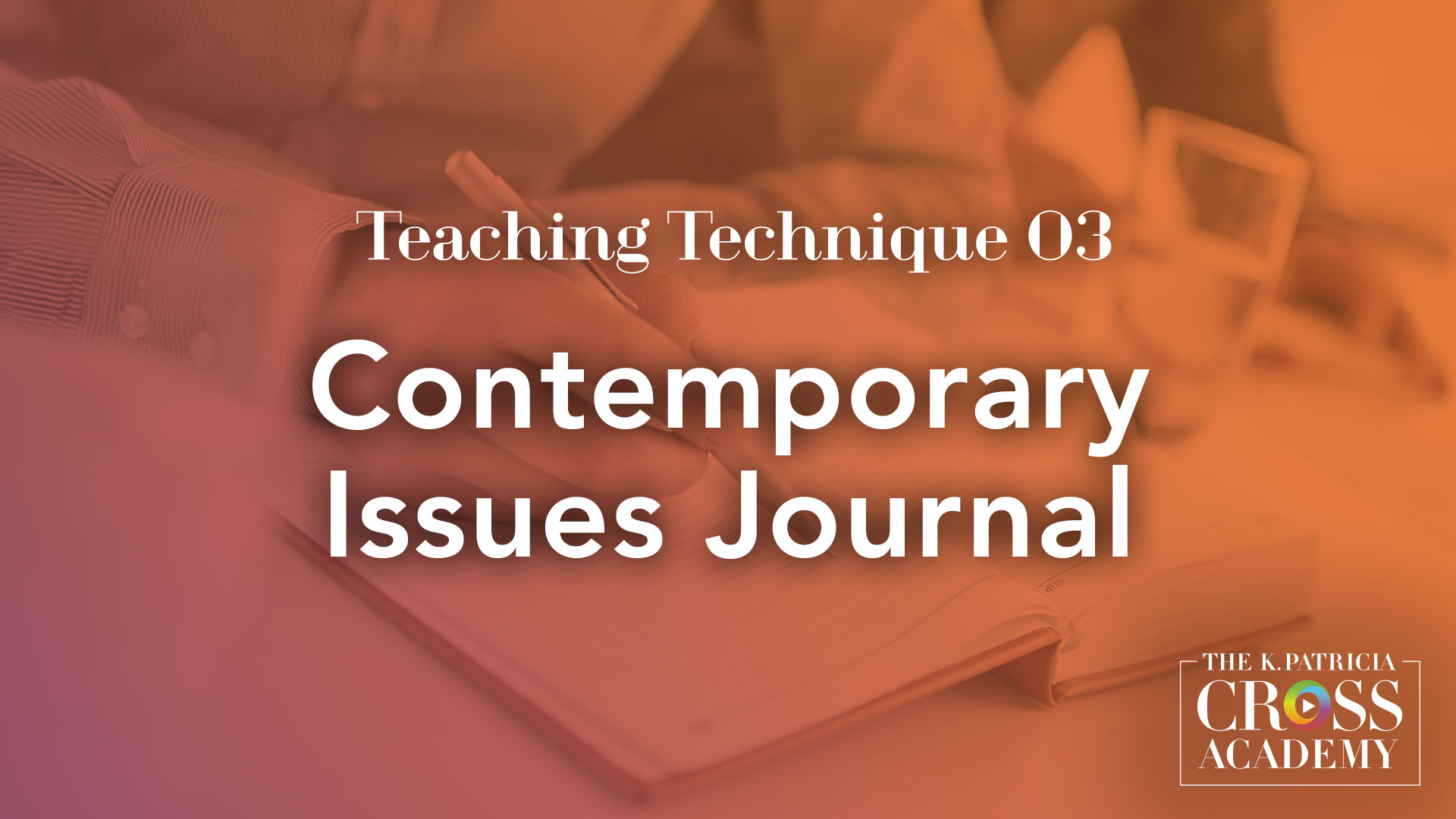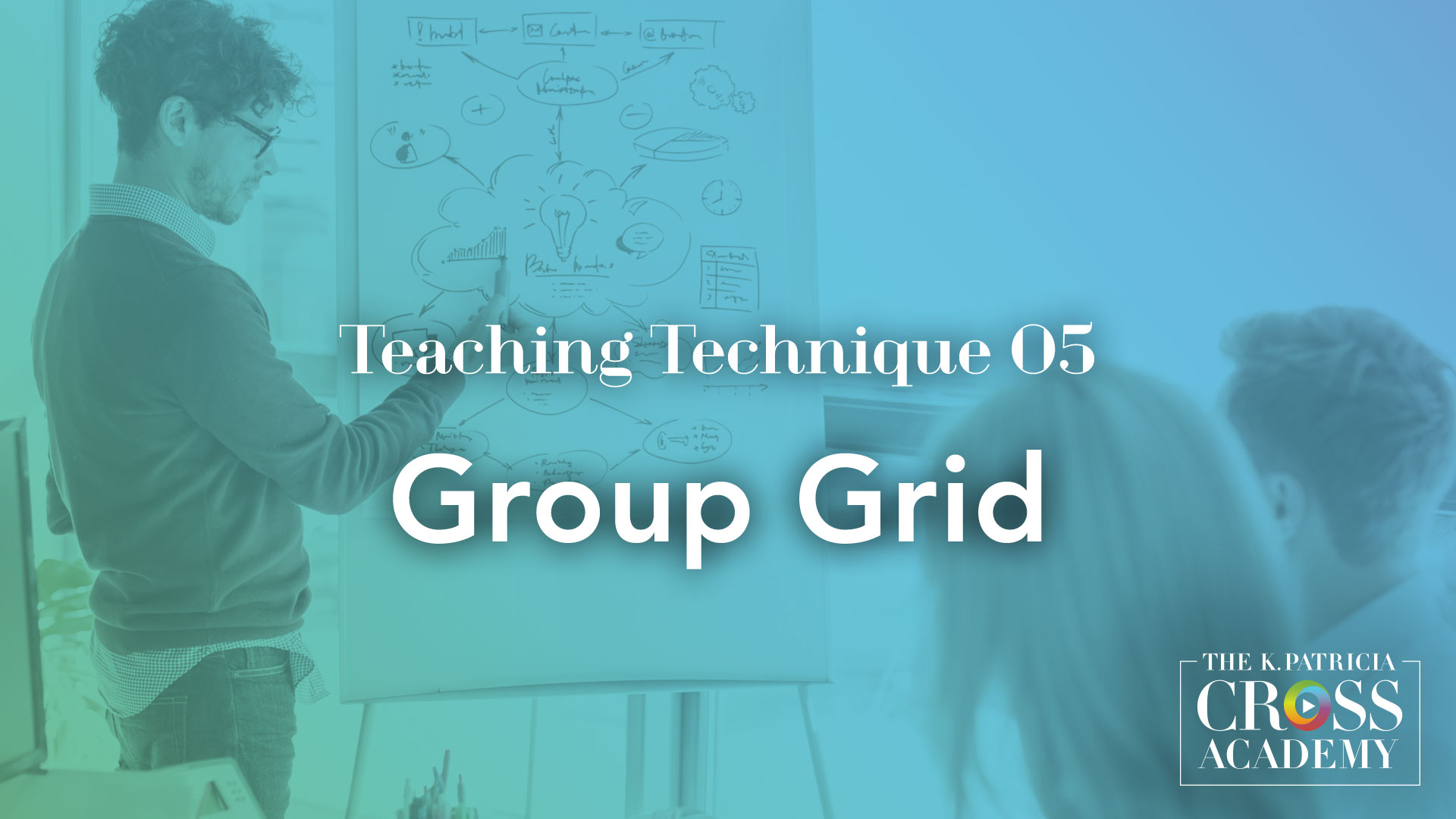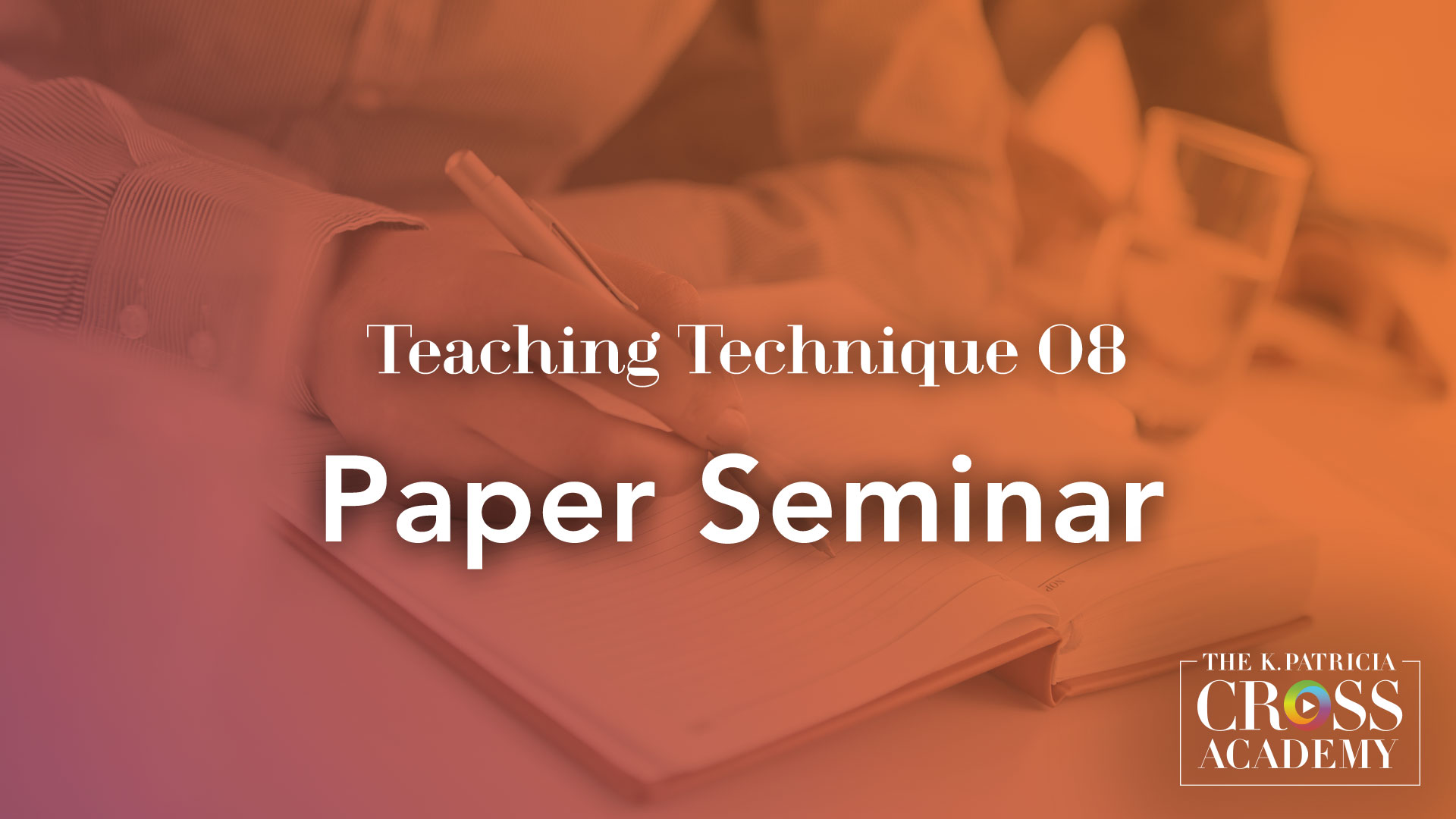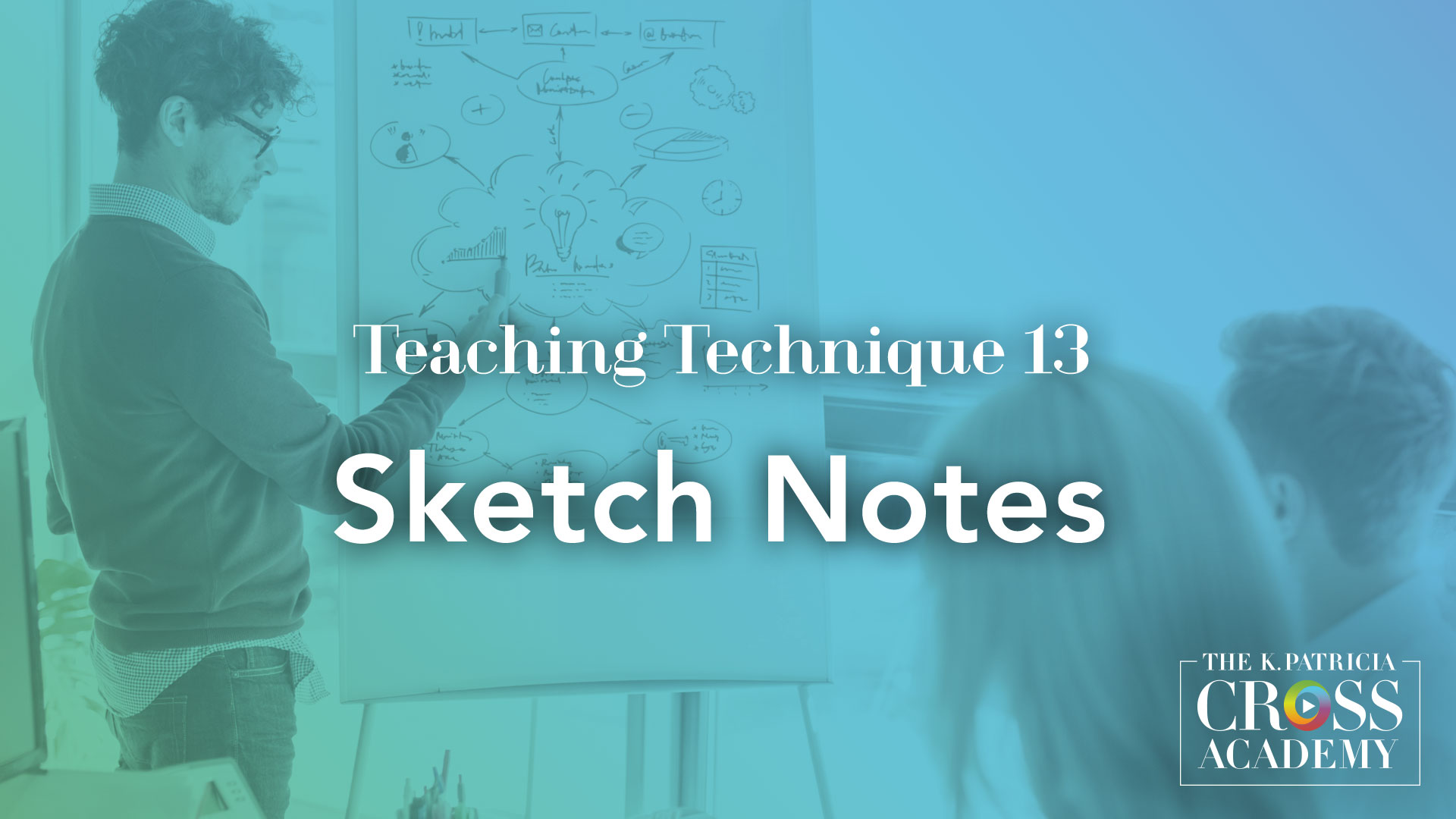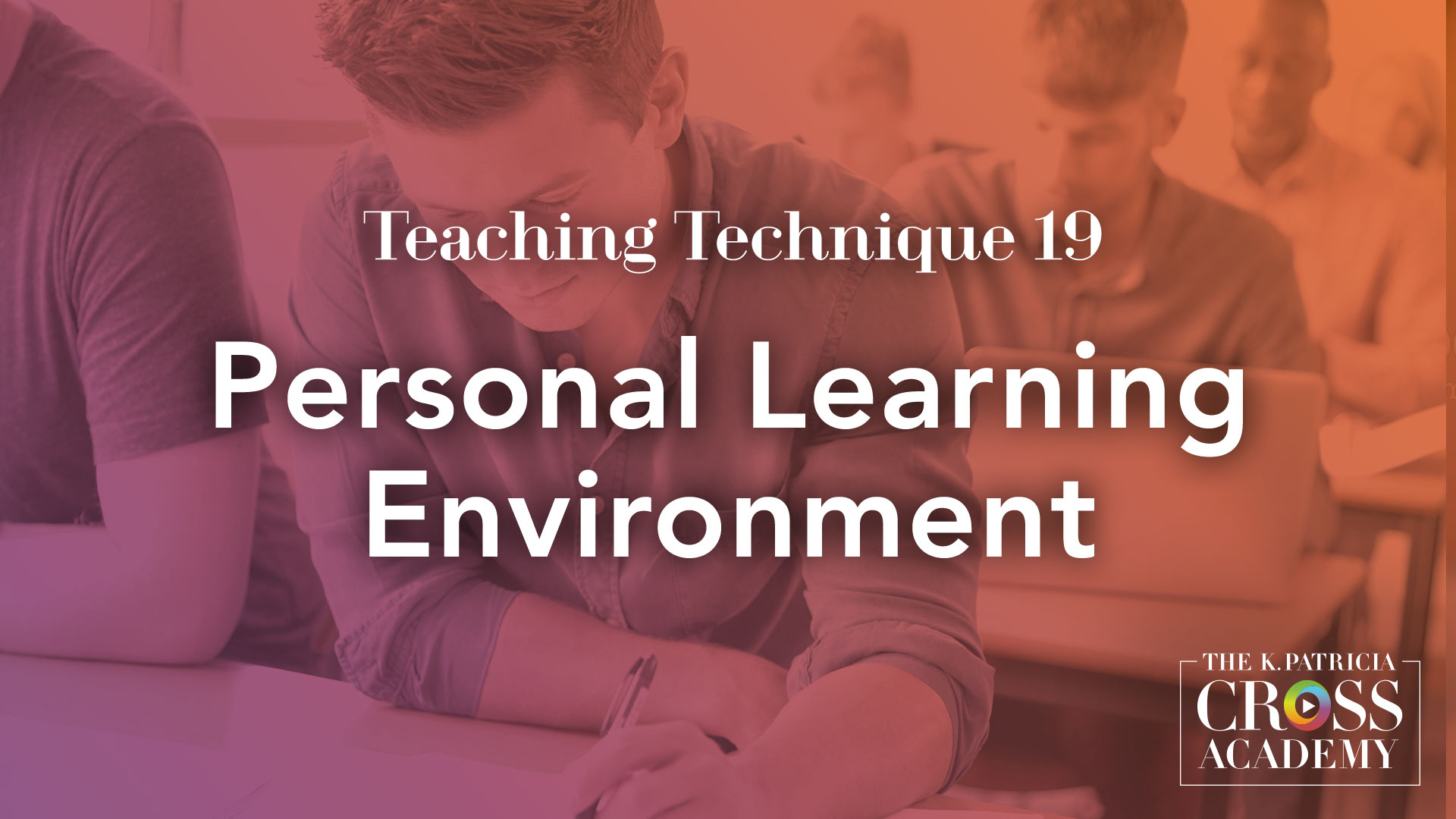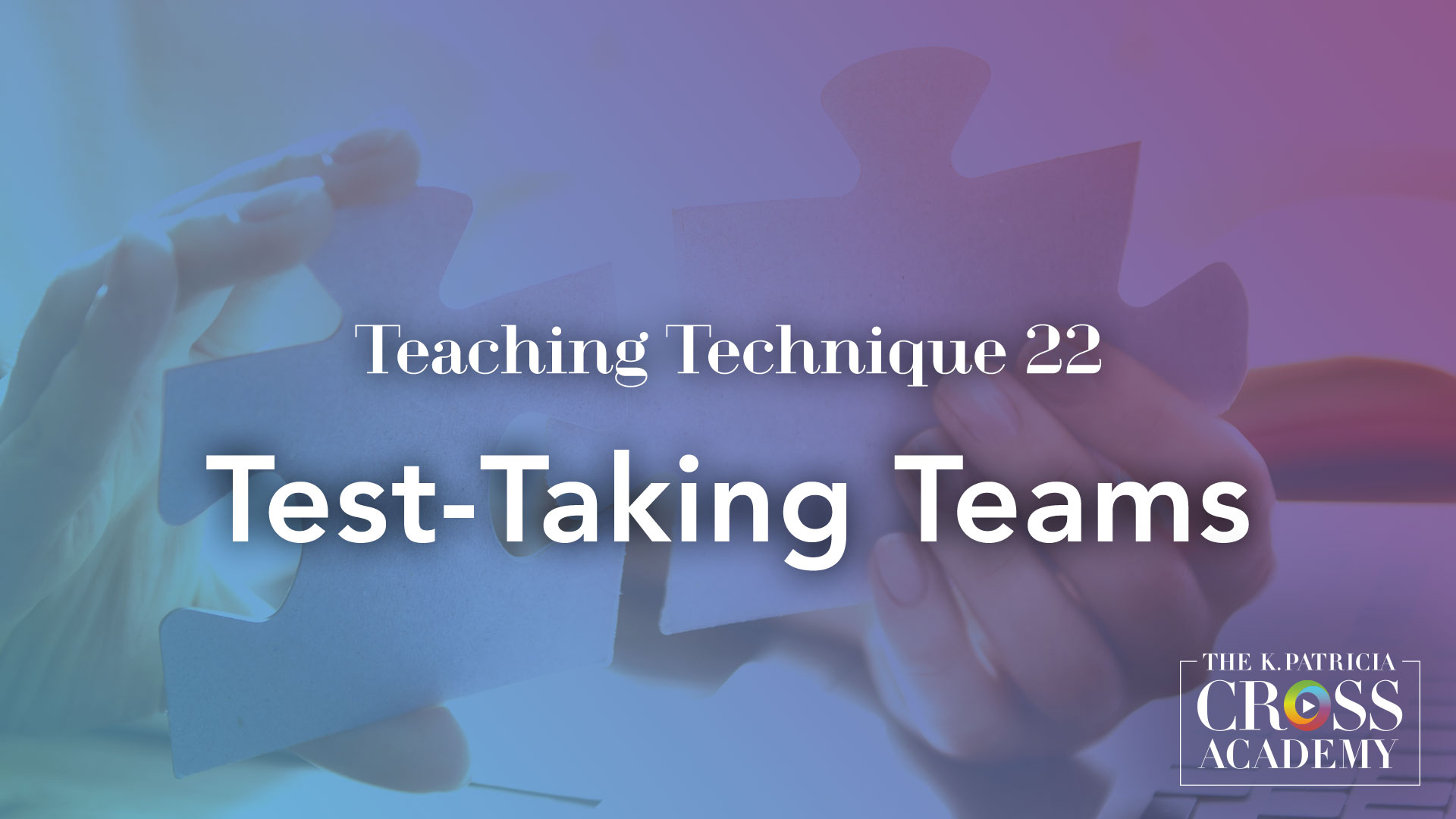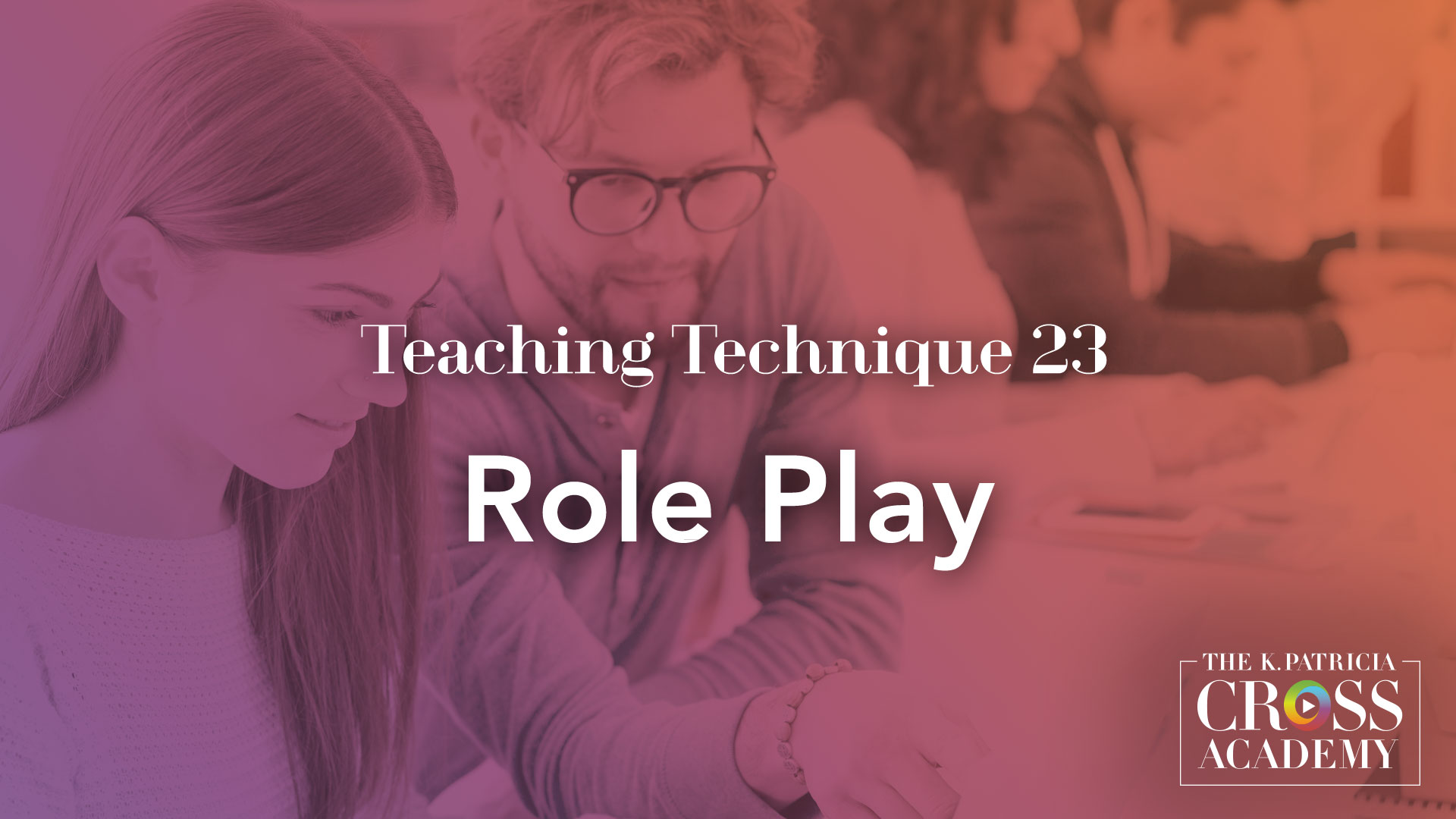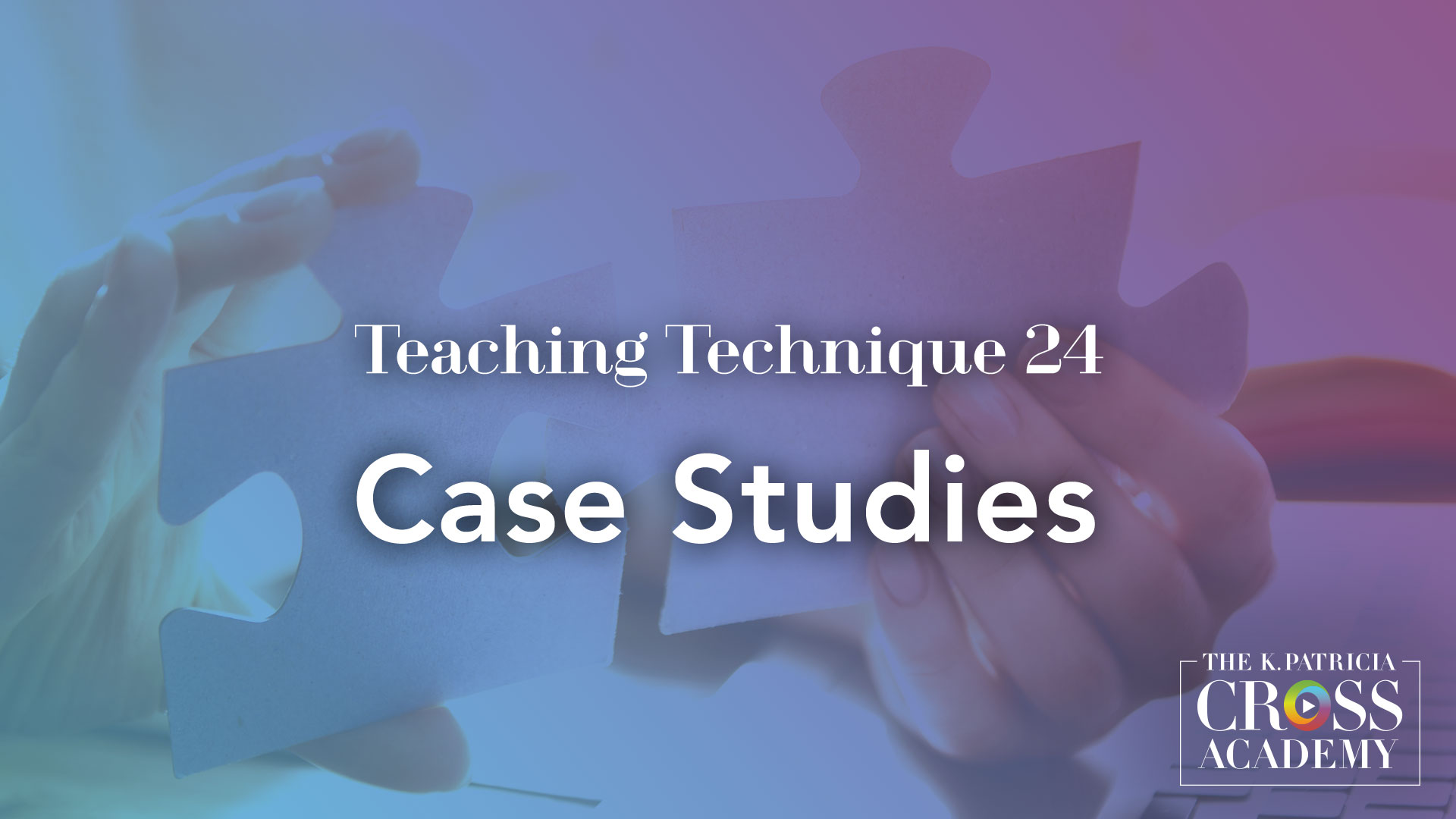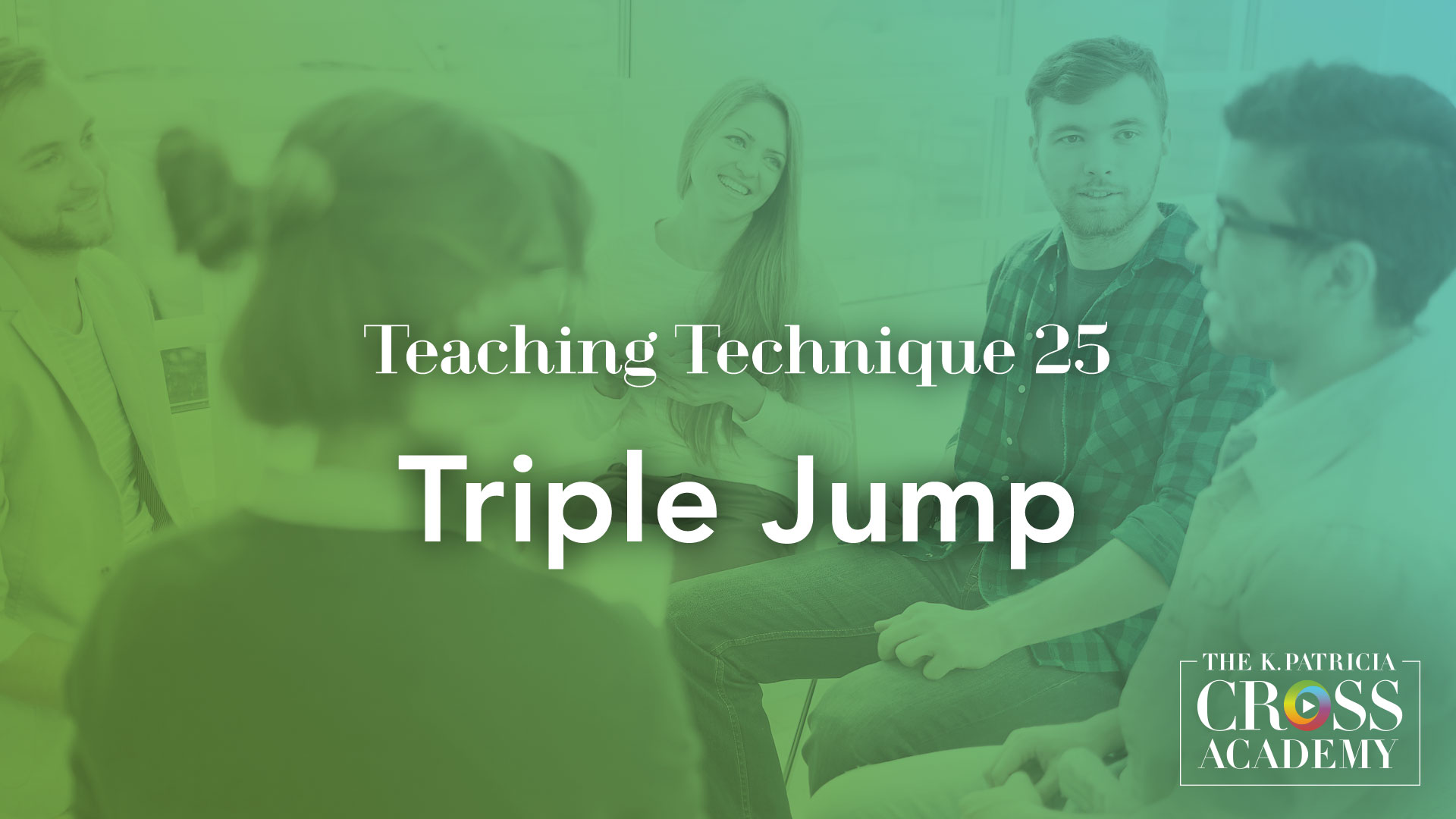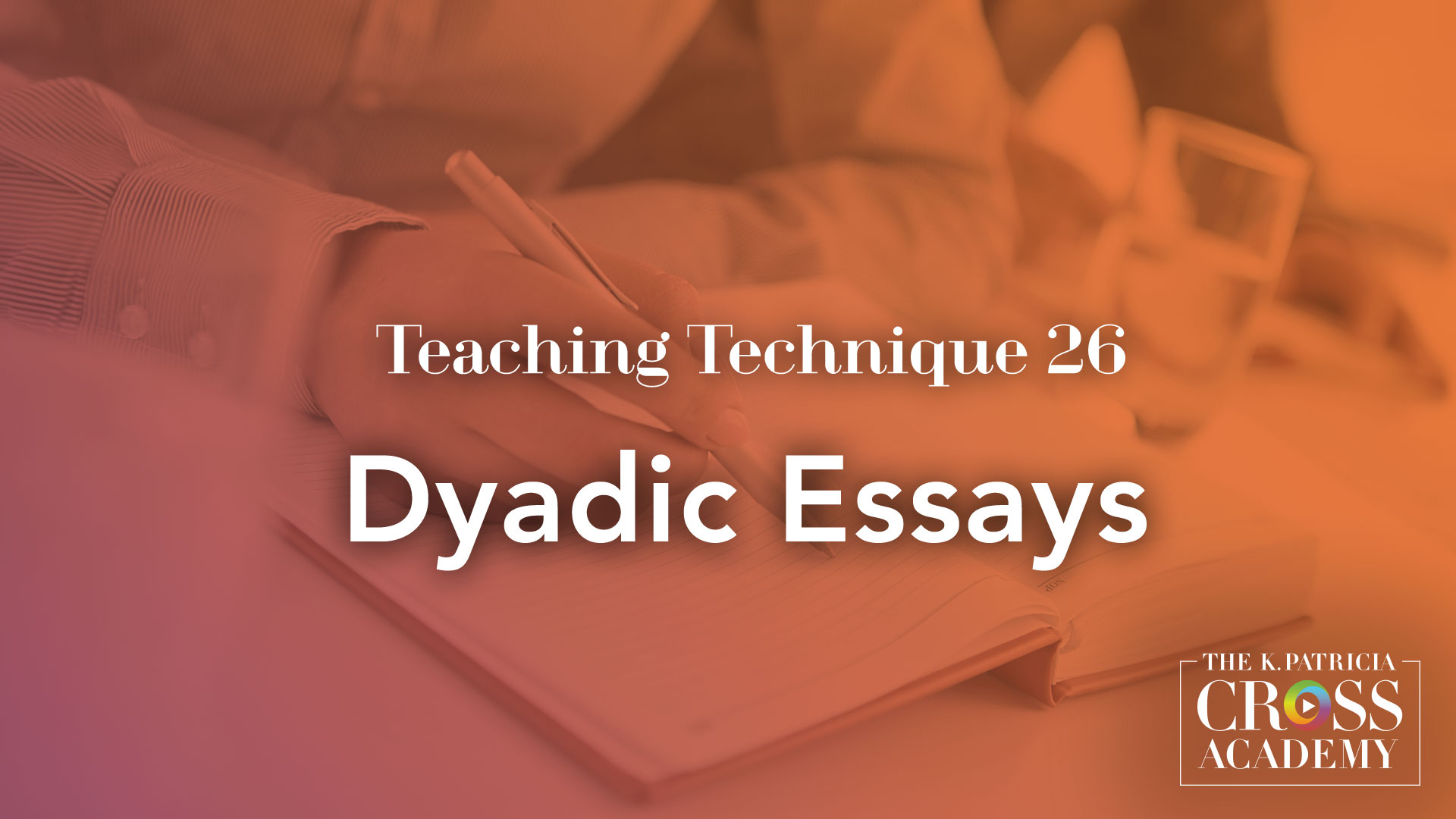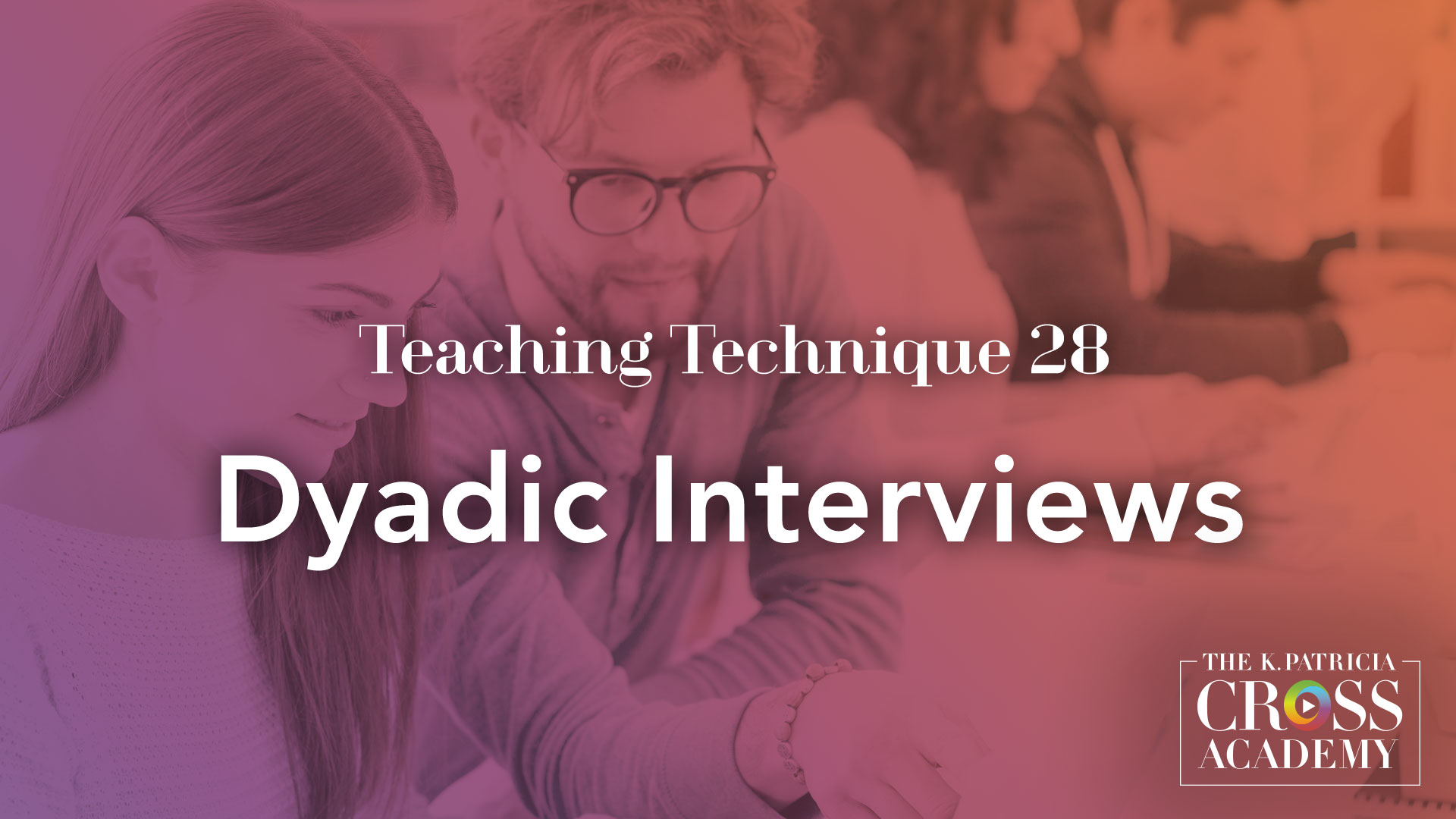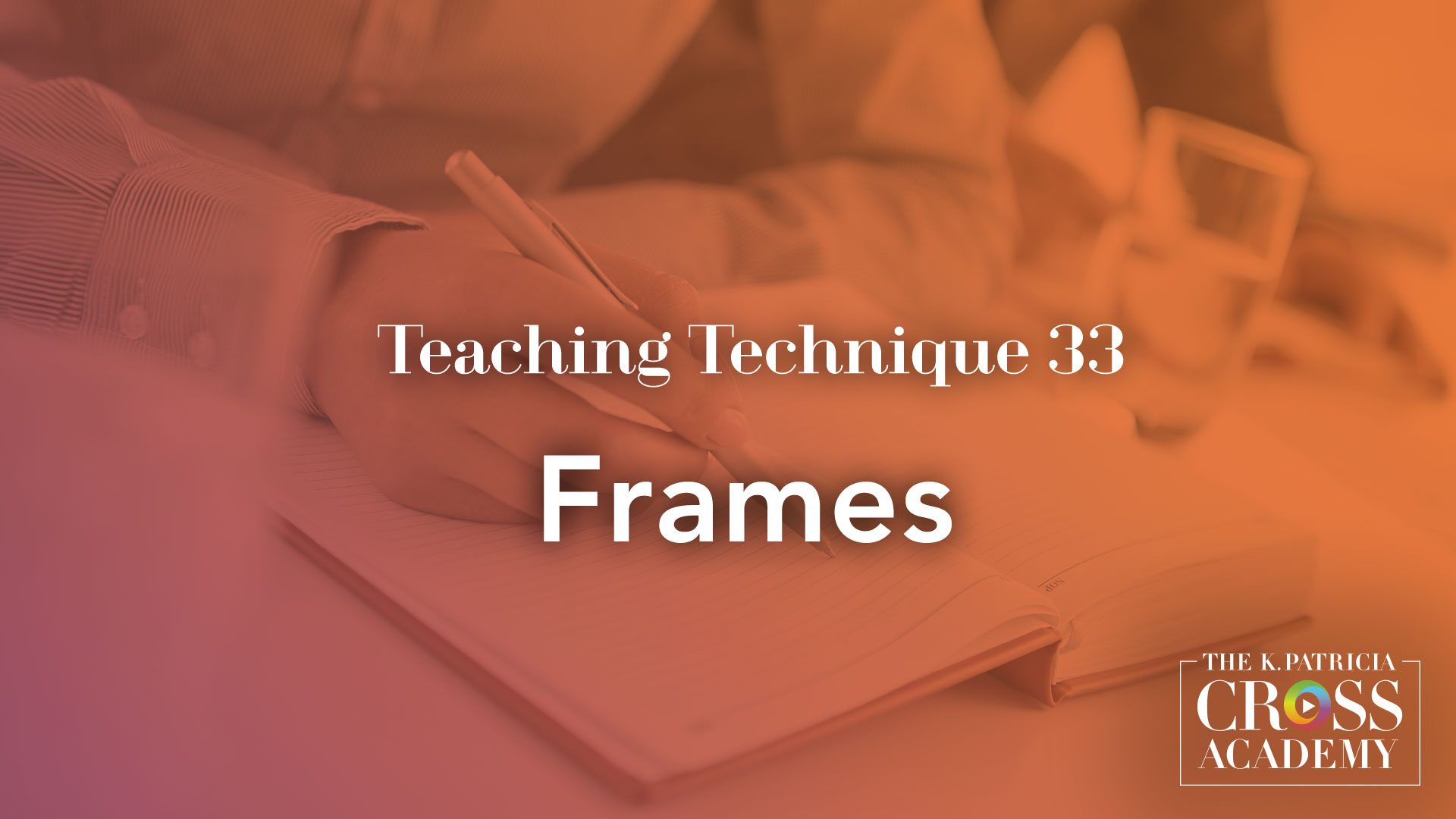Techniques Video Library
Thank You
We hope this technique will become a helpful tool in your classroom.
Contemporary Issues Journal
Thank You
We hope this technique will become a helpful tool in your classroom.
Group Grid
Thank You
We hope this technique will become a helpful tool in your classroom.
Paper Seminar
Thank You
We hope this technique will become a helpful tool in your classroom.
Sketch Notes
Thank You
We hope this technique will become a helpful tool in your classroom.
Personal Learning Environment
Thank You
We hope this technique will become a helpful tool in your classroom.
Test-Taking Teams
Thank You
We hope this technique will become a helpful tool in your classroom.
Role Play
Thank You
We hope this technique will become a helpful tool in your classroom.
Case Studies
Thank You
We hope this technique will become a helpful tool in your classroom.
Triple Jump
Thank You
We hope this technique will become a helpful tool in your classroom.
Dyadic Essays
Thank You
We hope this technique will become a helpful tool in your classroom.
Dyadic Interviews
Thank You
We hope this technique will become a helpful tool in your classroom.
Frames
